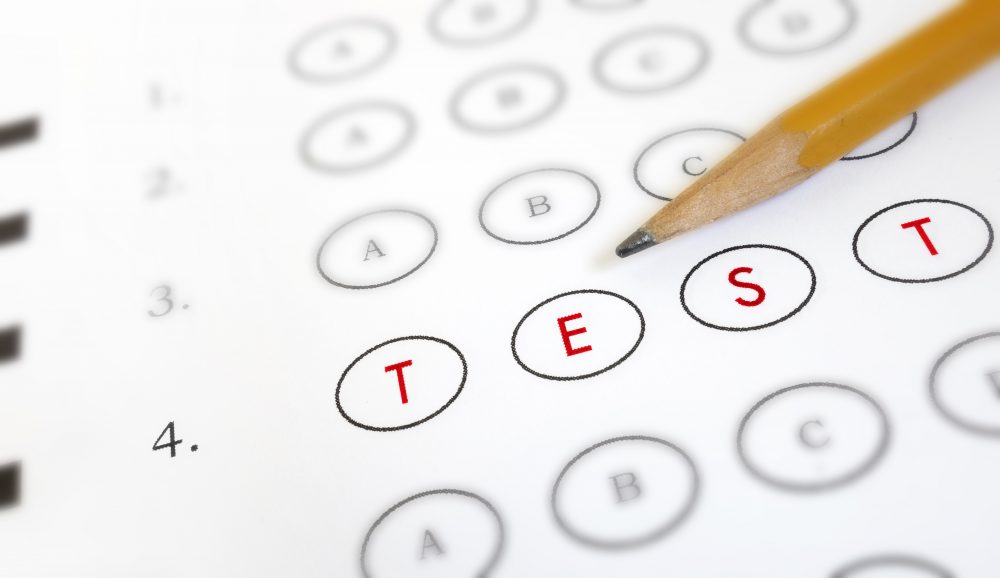Retrieval practice in use: Multiple-choice testing in the primary classroom

Retrieval practice in the form of multiple-choice testing has been shown to be successful as a learning strategy, including in the primary classroom (McDaniel et al., 2011). Moreover, frequent testing is not uncommon in certain contexts with even the youngest children in primary schools, for example, when learning grapheme–phoneme correspondence or times tables.
I wanted to trial using multiple-choice testing to improve my Year 4 class’s recall of factual mathematical knowledge. I chose two focus areas: units of time and properties of 2D shapes. I created a ‘knowledge organiser’ for each topic, setting out succinctly but in detail the knowledge that the pupils need on a topic. The content was chosen for its importance and long-term benefit (Kirby, 2015). Teaching was based on these knowledge organisers, and the children used them as revision aids.
Next, I needed a medium for the testing. I chose the interactive tool Plickers (https://plickers.com/). Free to use, Plickers needs only WiFi, a tablet and the QR codes downloaded from the website and printed. Via the website, the teacher creates their own multiple-choice and true/false questions, and each child is allocated a QR code.
In the classroom, the teacher opens the website on the interactive whiteboard and the app on their tablet. The questions are displayed to the class one at time. The children answer by holding up their QR code, the orientation of which generates different answers. The teacher scans the room with their tablet, which records the answers. Instant feedback on the numbers of children choosing each option and the correct answer is shown on the interactive whiteboard. All pupil responses are saved and can be downloaded on a spreadsheet for analysis. The questions are also saved and can be used again.
Periodically, I use Plickers to test the children on the given topics. Additionally, the children are able to quiz each other and to self-quiz using the knowledge organisers. I use the spreadsheet data to inform further teaching units before repeating the cycle again.
Refining the process
I needed to facilitate the analysis of the test results by ensuring, for instance, that the first question on each test is always about the same aspect (e.g. it is always about parallel lines). The wording and scope of questions could be adapted to reveal underlying misconceptions in incorrect answers. This could be achieved through focused, specific questions and the inclusionAn approach where a school aims to ensure that all children are educated together, with support for those who require it to access the full curriculum and contribute to and participate in all aspects of school life of ‘distractors’ (Christodoulou, 2016) – plausible but incorrect answers.
At the time of writing, it is too early to tell what impact this strategy will have. However, the children are so far engaging positively with the tests and self-quizzing, and I am hopeful that positive results will be seen. Comparison of both progress and attainment in relation to other areas that are not being tested will be made after a full year of teaching and intervention.
References
This article was published in February 2018 and reflects the terminology and understanding of research and evidence in use at the time. Some terms and conclusions may no longer align with current standards. We encourage readers to approach the content with an understanding of this context.










